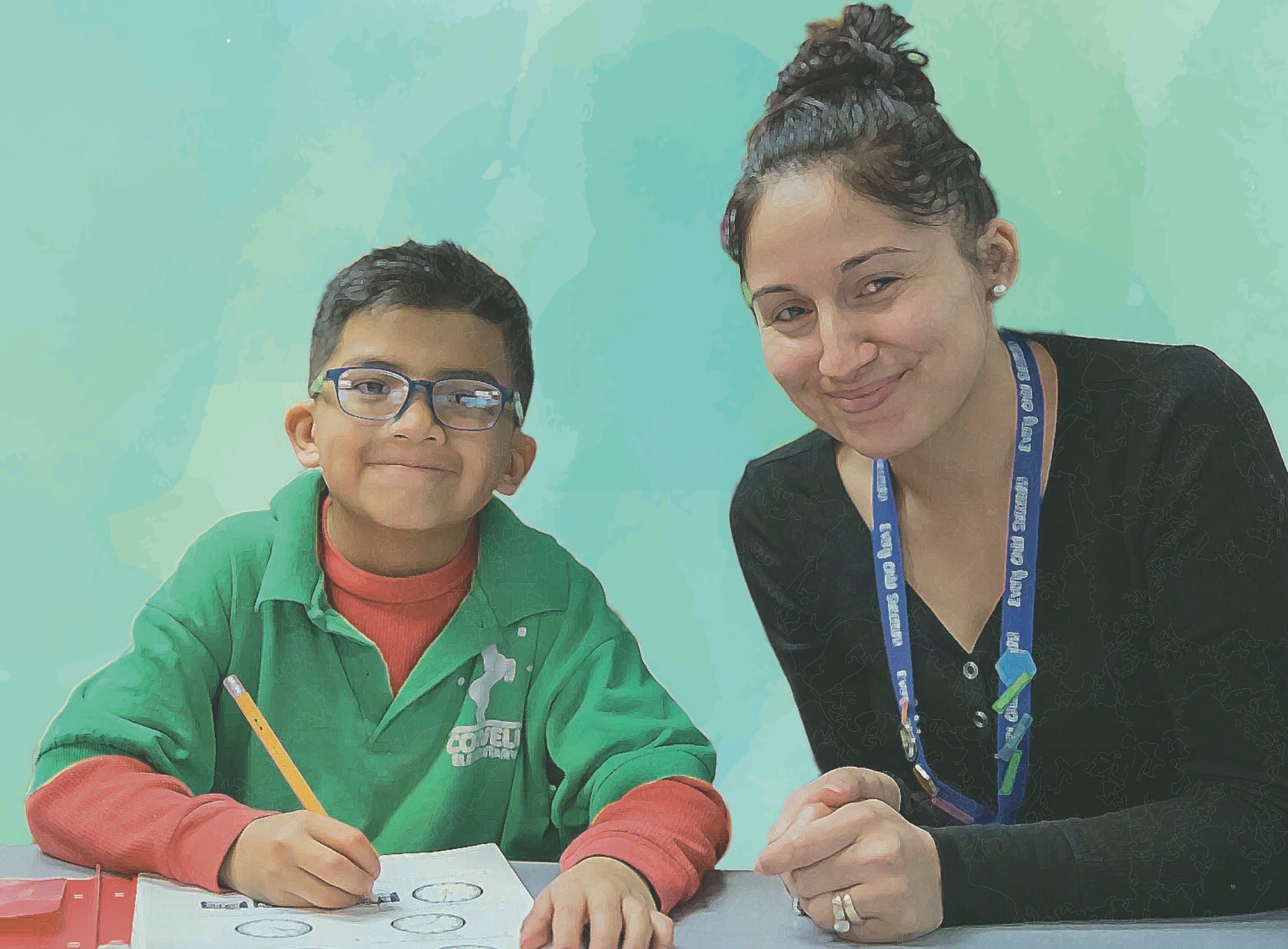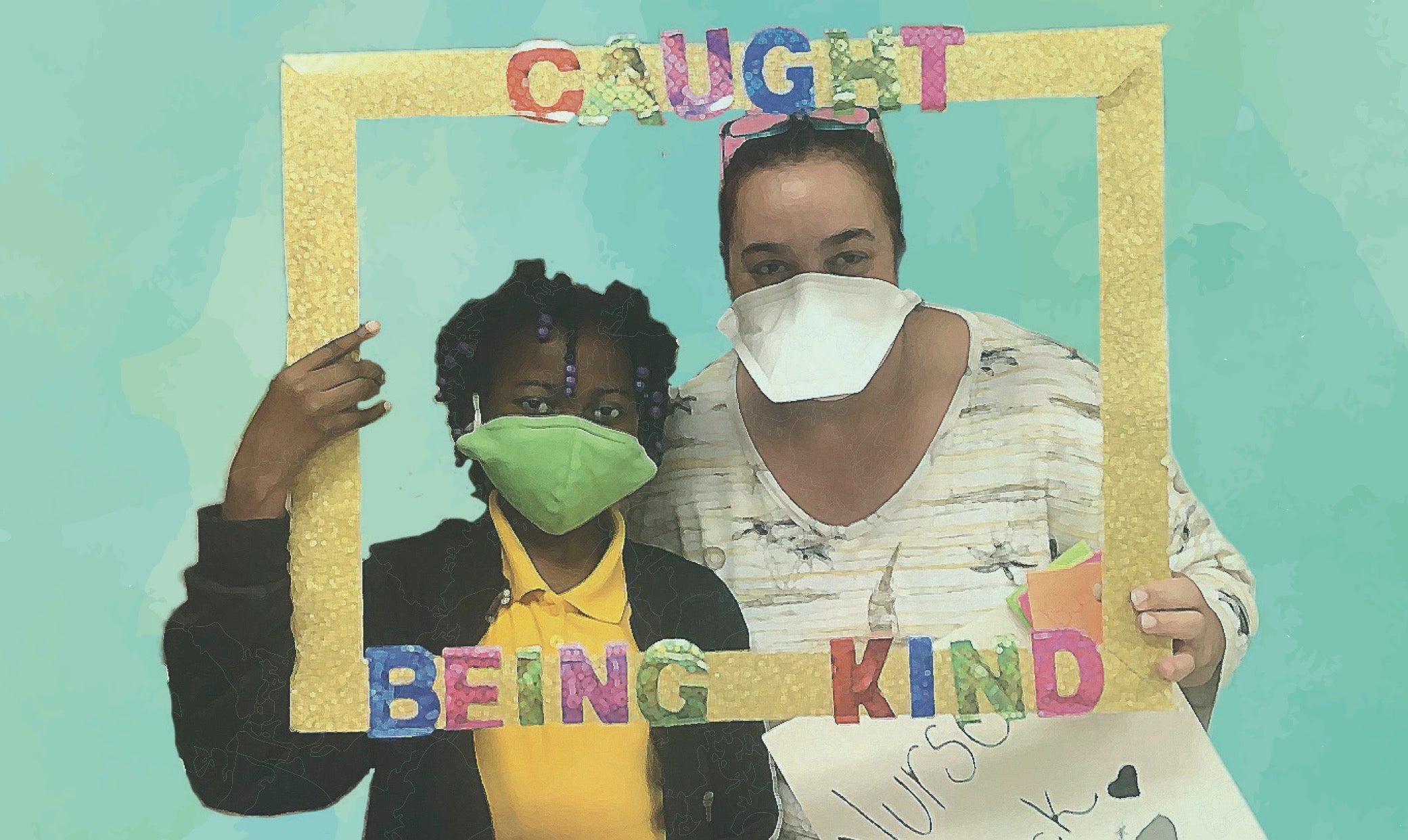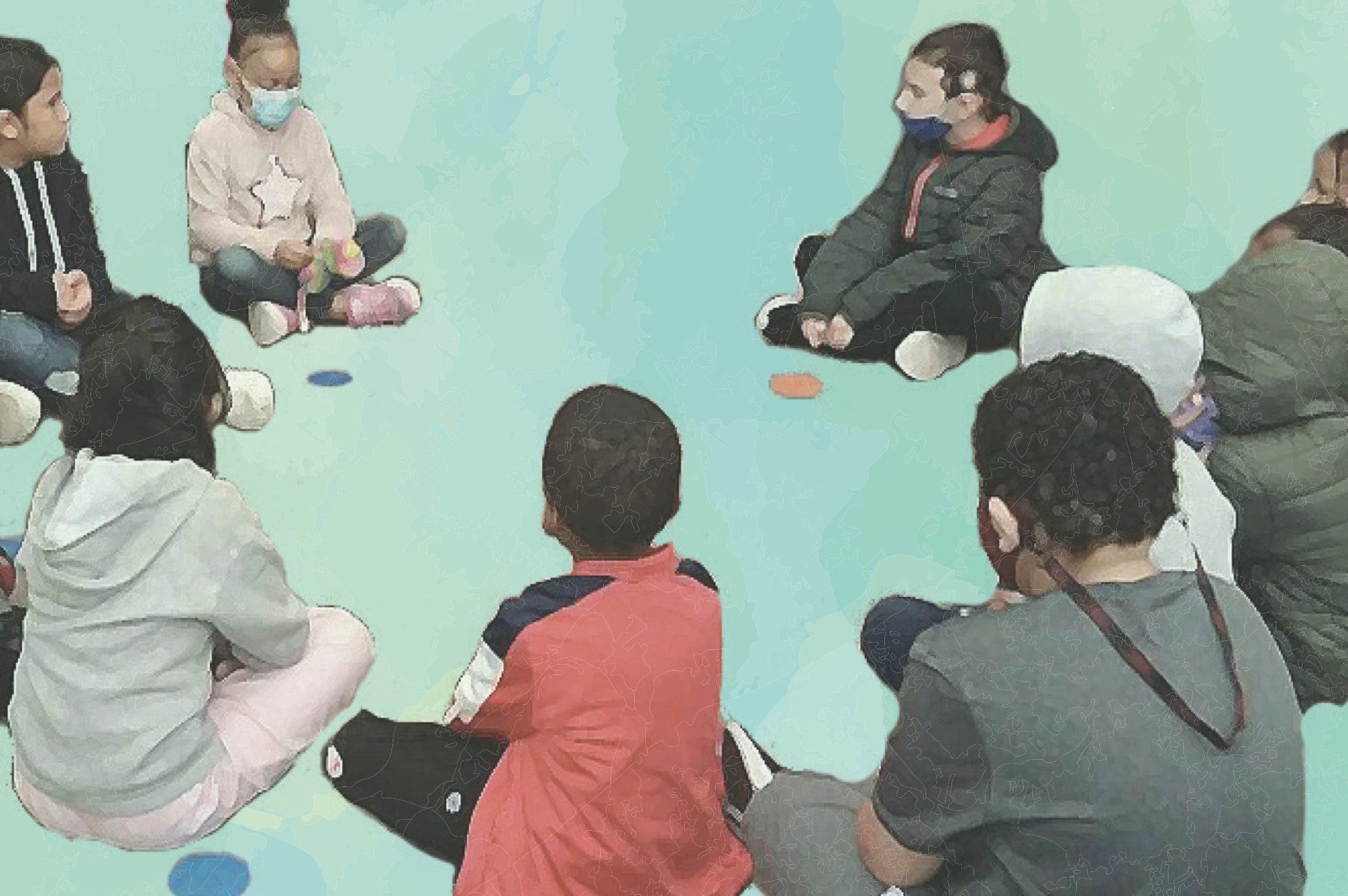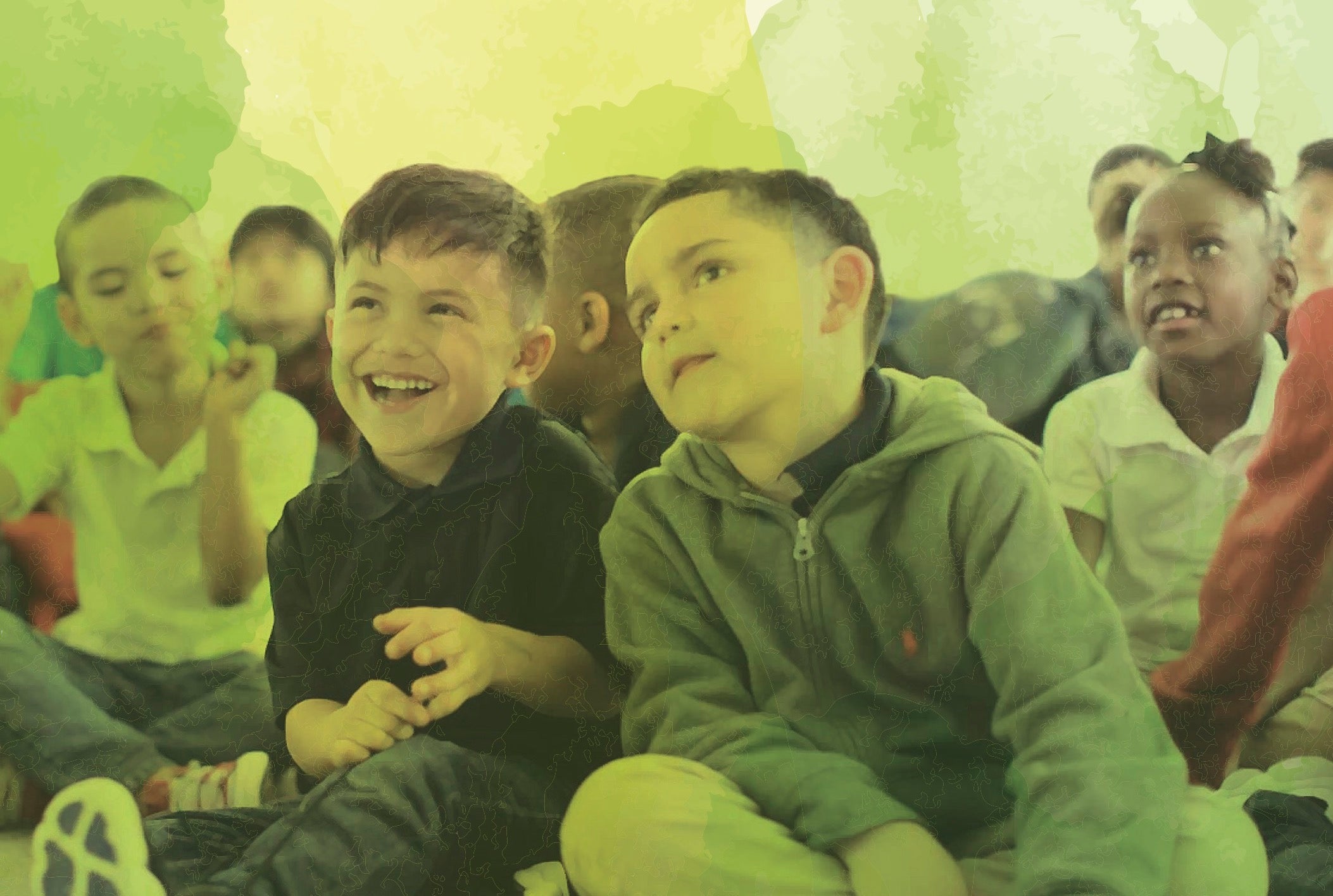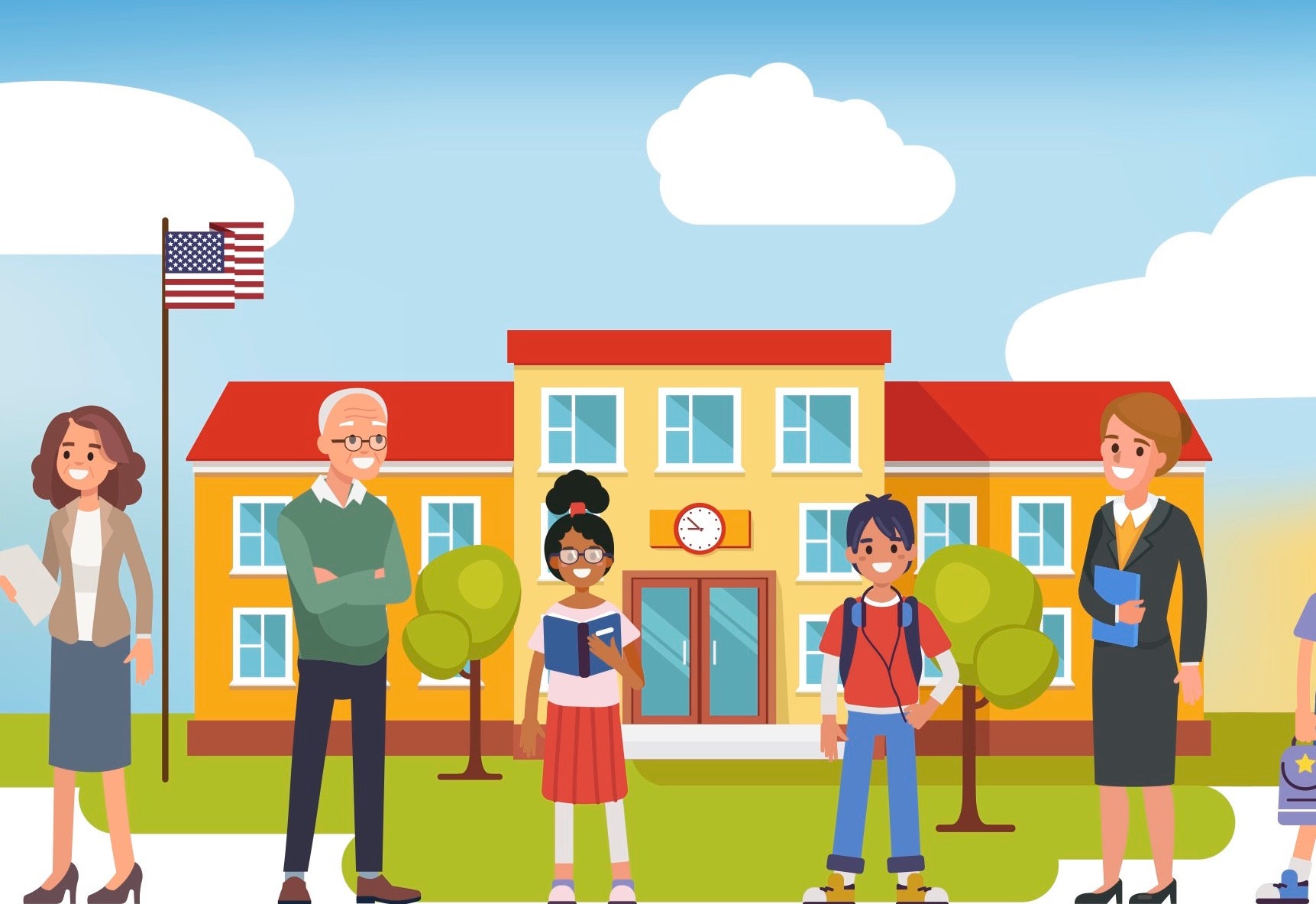
Breadcrumb
- Wallace
- Reports
- Strengthening Students’ Social A...
Strengthening Students’ Social and Emotional Skills
Lessons from Six Case Studies of Schools and Their Out-of-School-Time Program Partners
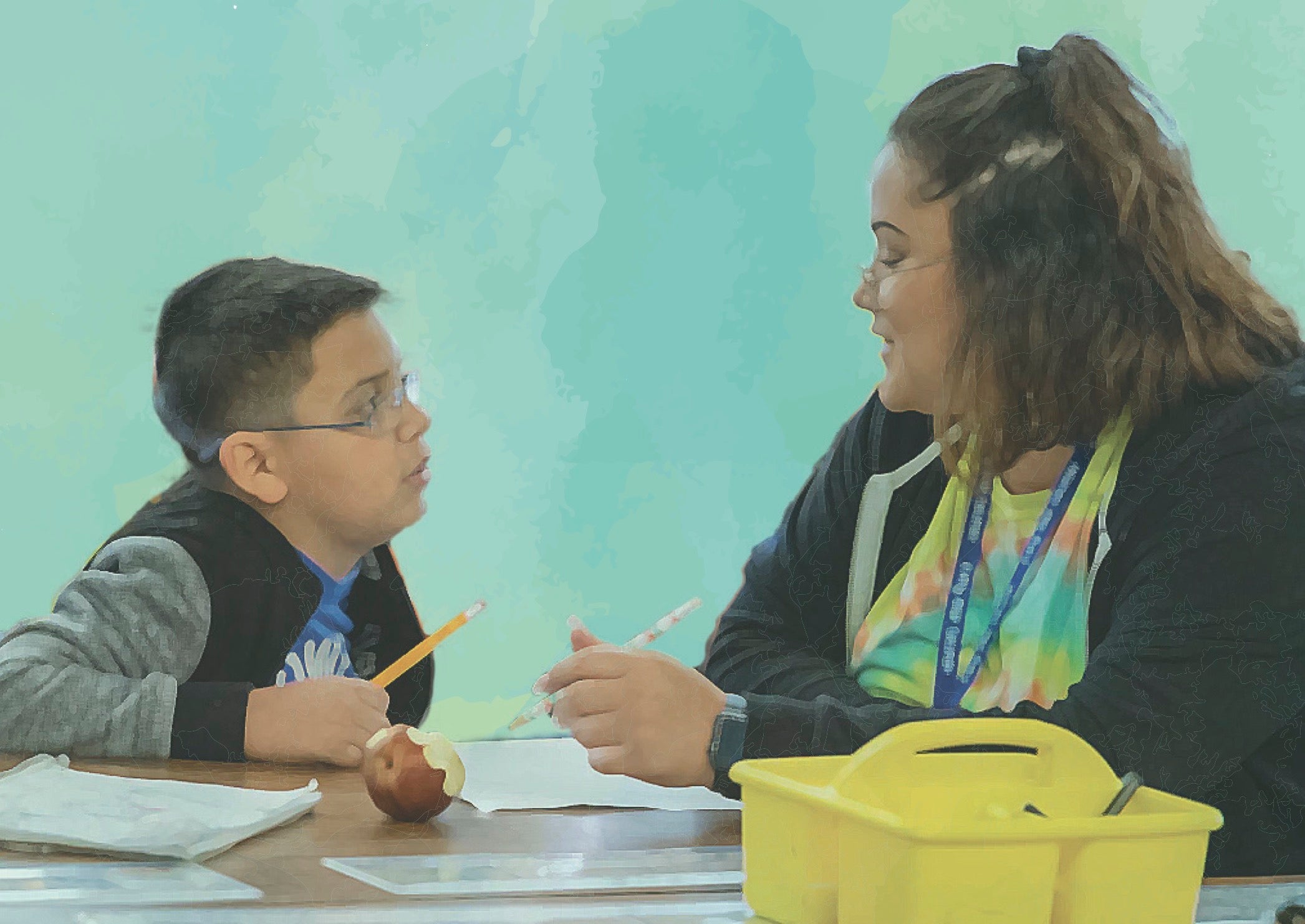
- Author(s)
- Katie Tosh, Heather L. Schwartz, and Catherine H. Augustine
- Publisher(s)
- RAND Corporation
- DOI Link
- https://doi.org/10.7249/RRA379-4
Summary
How we did this
This report draws cross-cutting lessons from studies of six school-OST program partnerships.
How can schools and out-of-school-time (OST) programs join forces successfully to build students’ social and emotional skills? This report seeks to answer that question through cross-cutting lessons gleaned from a set of case studies conducted in six communities.
Six Case Studies
The communities all participated in the Partnerships for Social and Emotional Learning Initiative, a larger Wallace initiative. It supported elementary schools and their OST partners in efforts to introduce social and emotional (SEL) activities and instruction into both the school and OST parts of the day.
For five of the case studies, researchers selected a partnership in each community that had done an exemplary job of addressing one of a series of challenges widely shared by participants in the initiative. In one of the cases, the partnership between the school and its OST programs was in an early stage of development. So the researchers focused on what took place during the school day.
The case studies explore:
- Developing a brand-new school-OST partnership focusing on SEL (Boston)
- Forming an effective SEL committee that includes a school and OST partner (Dallas)
- Finding and jointly prioritizing time for SEL in the school and afterschool schedules (Denver)
- Engaging teachers, staff members, and parents in SEL (Palm Beach County)
- Incorporating equity into SEL (Tacoma)
- Focusing on adult SEL first (Tulsa)

While there are different ways to provide opportunities for students to learn social-emotional skills, research identifies several common principles among effective approaches.
Nine Success Factors
The report summarizes the case studies and discusses nine factors that contributed to the successful implementation of SEL programs and practices. Each was common to at least two of the cases:
- Committed school/OST program leaders were the foundation on which SEL work was built.
- SEL committees guided and supported implementation.
- Prioritizing time for SEL in school and OST schedules was important to making implementation routine.
- Starting the efforts by building adults’ social and emotional skills was central to success.
- Short SEL rituals were often the first and most widely adopted strategy, setting the stage for more formal SEL instruction.
- Establishing trusting relationships enhanced the collaboration on SEL in school-OST program partnerships.
- Formal, written SEL resources facilitated a consistent approach within and across settings.
- Distributing “ownership” of SEL across staff members and students increased people’s buy-in and the efforts’ sustainability.
- Experience with SEL before the pandemic helped schools and OST programs adapt to COVID-19 disruptions.
Key Takeaways
- Many schools and out-of-school-time programs found it was important to start by building teachers’ and other adults’ social and emotional skills.
- Short rituals like morning meetings and mindfulness exercises were the strategy schools and OST programs most widely adopted to embed social and emotional learning in their students’ day. That set the stage for more extensive instruction.
- Schools and out-of-school-time programs found they needed to build relationships and trust among their staff to collaborate on student SEL successfully.
Materials & Downloads
What We Don't Know
- All of the programs studied were in urban settings and served a high proportion of elementary-age students from historically disadvantaged groups. For that reason, highlighted themes might be less applicable for secondary schools, low-poverty settings, or rural or suburban settings.
- The report is based on six cases. As a result, the sample might be too small to draw firm conclusions about the exact sequencing of SEL implementation or about what is and is not essential for school–OST program partnerships.




